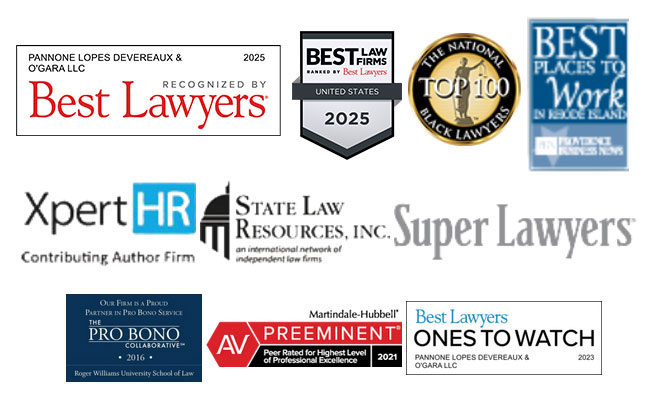An Employee Stock Ownership Plan (“ESOP”) is a type of retirement plan that allows employees to become owners of the company of which they are employed. This form of tax-advantaged benefit provides employees with an ownership position, which means they have a vested interest in the success of the company and will benefit from its growth and profitability.
Many closely held companies have little or no succession plan in place. One of the primary benefits for companies to offer ESOPs is that it can provide greater flexibility over how and when they transition the business by generating liquidity for the owner, along with tax benefits for both the owner and the business.
In the family business setting, executing an ESOP involves several steps and considerations. The owner and employees must familiarize themselves with the concept and purpose of the ESOP as a qualified retirement plan.
The first step in the process is to determine if an ESOP makes financial and practical sense by evaluating the company’s size, financial stability, and the owners’ long-term goals. Taking this important step by the founders should involve consultation with professionals experienced in ESOP transactions, including financial advisors, ESOP attorneys, and valuation experts who are qualified toguide the owner through the process, ensure compliance, and help structure the ESOP to meet the owner’s
specific needs.
The next step in the process includes a professional valuation of the business to determine its worth, which will assist in establishing the price at which the ESOP will acquire shares and distribute ownership to employees. The advisors will design the ESOP plan based on the owner’s objectives which should include eligibility requirements, vesting schedules, and distribution rules. Financial experts and counsel will assist in navigating and complying with regulations and employee benefit laws.
It is extremely important for the success of the ESOP plan that the owner engages in open and transparent communication with employees about the process in order to educate the employees about the benefits, implications, and responsibilities of employee ownership. It’s essential to build employee buy-in and promote a positive ownership culture. Executing the ESOP plan will involve transferring company shares to a trust established for the benefit of employees. This process is highly regulated and requires full disclosure throughout the process. Following the implementation process, it is critical to establish mechanisms for ongoing management, monitoring, and communication. This includes establishing a trustee to oversee the ESOP, regularly updating valuations, and providing updates to employees.
When it comes to financing the ESOP, there are several options to be considered. One approach is to use debt financing, where the ESOP borrows funds to purchase company shares with repayment from the company over a pre-determined period. This allows the ESOP to acquire ownership gradually, which provides the owner with an assessment of the competency of the new management team.
Another option is for the selling family members to provide financing for the ESOP themselves, which may be accomplished by using a promissory note or by structuring the transaction as a seller-financed sale. This method allows for more flexibility and can be negotiated directly with family members.
A third option involves the ESOP securing financing from external sources, such as banks or other financial institutions. These loans would be used to fund the ESOP’s purchase of company stock from the family business. This course of action is more challenging due to potential risks associated with the family business’s stability and financial performance. The Small Business Administration (SBA) offers loan programs specifically designed for ESOP financing. SBA loans will, generally, have more favorable terms and interest rates, making them appealing to family businesses looking to finance their ESOPs.
Implementing an ESOP can provide unique benefits to both the owners of a family business and its employees, including capitalizing on tax advantages, implementing a business succession plan, providing employees a retirement benefit, raising capital or building debt capacity, and fostering employee ownership and engagement. However, there are many considerations and regulations that require the guidance of experienced financial and legal professionals. If you have questions pertaining ESOPs, please contact PLDO Managing Principal Gary R. Pannone at 401-824-5100 or email [email protected].


